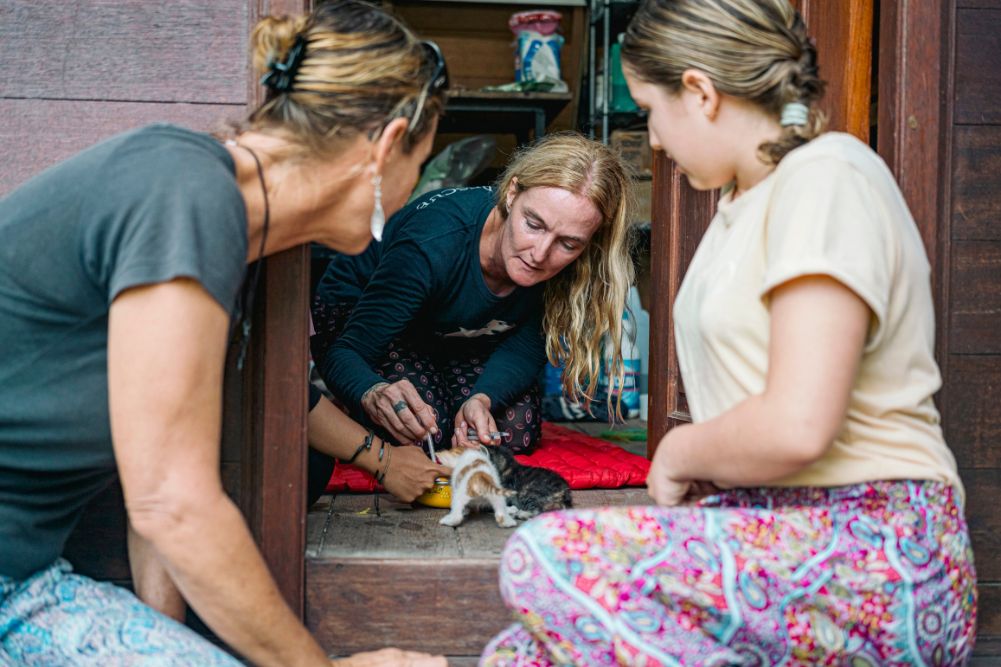Face mask pollution, a new use for catnip and more of the latest environmental news
The “green default”
Swiss researchers analysed data from two Swiss energy supply companies. Both companies restructured their supply offerings to offer a choice between conventional power, renewable power and “renewable plus” options. Consumers were assigned to the renewable package unless they opted out. Supplier A experienced a drop in customers on the conventional tariff from 97 per cent to 15 per cent, and after six years 80 per cent of households were still on that green option. For business customers the drop was a little smaller, with 71 per cent of these customers on the green option after six years. Supplier B experienced similar changes, with 98.8 per cent of households on the conventional package dropping to 11 per cent after the green default was introduced. It seems clear that “green defaults” have an immediate and lasting effect and should be part of any future energy plans.
Source: Nature Human Behaviour
Catnip as insect repellent
Cats love catnip because it contains ingredients that interact with components of the reward system in the cat brain. Cats are alone in this, as in so many things, because the insect world hates catnip, being as repellent as the synthetic compound DEET to buzzing bugs. Now we may know why this is so. Researchers have found that insects and many other animal species, including humans, have something called the “wasabi receptor”, TRPA1, a protein that senses environmental irritants like pain and itch. Unlike wasabi or garlic that activates these receptors in humans, catnip contains a compound, nepetalactone, that selectively activates the receptor in insects. Hence, humans are indifferent to catnip while insects will fly metres to avoid it. Synthetic repellents damage collateral insect species into the bargain, so try planting some catnip around your entertaining area. The only problem may be that you will be swatting away cats instead of mosquitoes.
Source: Chem Catalysis
Preventing the face mask problem
The increase in production and consumption of single-use face masks around the world has introduced an environmental challenge. These face masks are made of plastics that cannot be readily biodegraded but can fragment and enter the environment. The masks are made directly from micro-sized plastic fibres that can quickly become nanoparticles and infiltrate the environment. Research estimates that we are currently producing 129 billion face masks per month globally. Estimates are that a majority of these are disposable face masks and that every day three million are thrown away. Face masks are already being found in significant quantities in our oceans. In the absence on official guidance as to what to do with these, researchers have suggested using reusable cotton face masks, setting up mask-only recycling rubbish bins, standardised guidelines for disposal of face masks and development of biodegradable disposable masks.
Source: Frontiers of Environmental Science and Engineering
Adapting rice production
As the global population continues to grow there is an increased demand for food, yet a reduced amount of land on which to grow it. Climate conditions are also changing, so adaption in growing techniques is crucial and rice is a prime example. Rice consumption is growing around the world, but it is heavily water-dependent, requiring 4000 litres of water to produce one kilogram of rice. Traditional techniques involve flooding fields to cover plants in at least 15 centimetres of water. To overcome this, researchers have suggested using direct-seeded rice instead of transplants, as this requires less water. Soil surfaces also lose water continuously, but keeping the crop residue on the ground reduces evaporation, preserves water and increases soil quality. It is also estimated that 30 per cent of crops are lost or wasted after harvest and reducing this wastage will enhance food security.
Source: Water








